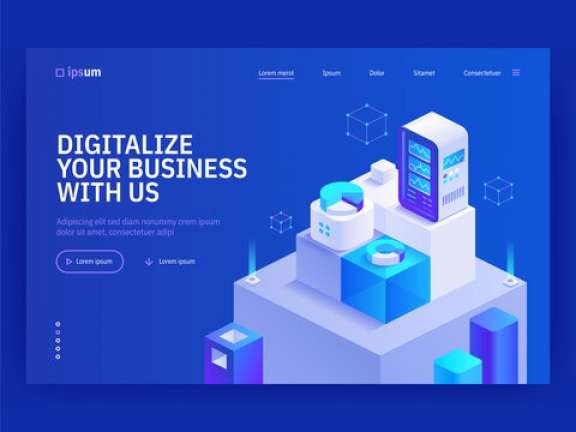An internationally recognized technique called TOGAF (The Open Group Architecture Framework) assists organizations in the design, planning, implementation, and governance of enterprise architecture. The fundamental building blocks of TOGAF are its architectural principles, which provide the basis for developing and modifying an organization’s architecture. We will explore the top ten new developments in TOGAF Architectural Principles, providing insight into how they are influencing the industry. These trends are essential to your success whether you’re seeking TOGAF Training or just want to improve your comprehension of the fundamentals of TOGAF design.
Table of Contents
- Agile and TOGAF Integration
- Cloud-Centric Principles
- Microservices-Oriented Architectures
- Security-First Principles
- IoT-Centric Architectures
- Data-Driven Decision Making
- User Experience-Centered Architectures
- DevOps Integration
- Edge Computing Architectures
- Sustainability and Environmental Considerations
- Conclusion
Agile and TOGAF Integration
Agile concepts and TOGAF integration are becoming more and more popular as companies use Agile approaches. More adaptable and responsive architectures are possible when the flexibility and speed of Agile development are combined with the structure and discipline of TOGAF.
Cloud-Centric Principles
Cloud computing is becoming more and more popular. Cloud-centric architecture design is now taken into account while using TOGAF architectural principles. This entails taking care of issues like integration with hybrid clouds, security, and scalability.
Microservices-Oriented Architectures
TOGAF concepts are being influenced by microservices, a method of building software systems as a group of tiny, autonomous services. The design of architectures supporting the creation, implementation, and administration of microservices is the main emphasis of this movement.
Security-First Principles
As cybersecurity threats increase in regularity, security has evolved into one of TOGAF’s guiding principles. Security issues are increasingly being included in architectural processes at every stage, from basic design to final implementation.
IoT-Centric Architectures
Numerous businesses are changing due to the Internet of Things (IoT). The handling of enormous volumes of data and the integration of IoT devices into current systems are two unique difficulties and possibilities that the Internet of Things (IoT) presents that TOGAF is adjusting to meet.
Data-Driven Decision Making
Any organization may benefit greatly from having data. The TOGAF principles place a strong emphasis on data governance, quality, and management, empowering businesses to make better choices based on insights derived from data.
User Experience-Centered Architectures
The TOGAF architectural principles are changing to put the user experience first in the era of customer-centricity. The goal of architecture design is to provide solutions that are efficient, intuitive, and easy to use.
DevOps Integration
Another new trend is the combination of operations (Ops) and development (Dev) practices, or “DevOps.” In order to help companies integrate DevOps methods into their architectural frameworks, TOGAF is evolving.
Edge Computing Architectures
Processing data closer to the source or endpoint is known as edge computing, and it is becoming more and more significant. In order to lower latency and boost performance, designing architectures that allow edge computing now falls within the purview of TOGAF principles.
Sustainability and Environmental Considerations
The TOGAF design principles are taking sustainability and environmental effects into account more and more as environmental concerns develop. Architectures are being created with the goal of using less energy and leaving a smaller carbon imprint.
Conclusion
Organizations use the TOGAF design principles as a compass to help them navigate the complex world of enterprise architecture. The top ten rising trends listed below demonstrate how TOGAF is always changing to suit the expectations of contemporary enterprises. Keeping up with these developments is crucial to keeping current in the profession, regardless of whether you’re taking TOGAF training to become a certified practitioner or are already familiar with the concepts of TOGAF architecture.
Adopting these trends would help organizations become leaders in their respective sectors and help them create more effective and efficient structures. As you go with your business architecture journey, think about how you might incorporate these new trends into your TOGAF-based procedures. By doing this, you may lead your company to long-term success and be at the forefront of innovation.















